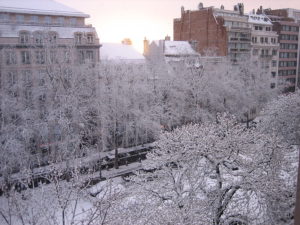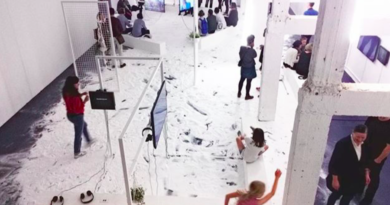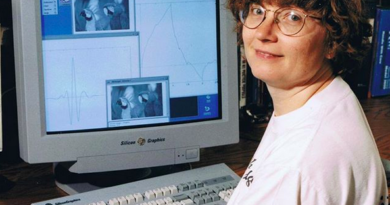Portrait of Avenue Louise
Covering 2.7km, Avenue Louise is one of the most extensive streets in Brussels. One that starts at the peripheries of the city proper and wades through to the very heart of the centre. A journey through this avenue is as if one journeys through the history of Brussels itself, passing buildings that characterise the history and progression of the city.
The avenue’s name was chosen in honour of King Leopold II’s eldest daughter, Princess Louise, and was to be the first Haussmann-esque (grand designer of Paris) artery of the city.

At the farthest south-eastern corner of the Avenue, lies La Cambre Abbey, a 12-century abbey with lush gardens that sits abreast the etangs d’ixelles pond. The abbey was suppressed during the French revolution (As Belgium was French territory at the time) but reconstructed in when things had simmered down, and the buildings you see now are the reconstruction efforts from the late 18th century.

As you venture further into the city, you will pass Hôtel Solvay. An unsuspecting hotel to the untrained eye, this hotel was the creation of Victor Horta, Belgian architect who is cited as one of the most influential figures of Art Nouveau, worldwide. Completed in 1900 at the request of wealthy industrialist, Ernest Solvay, Horta was essentially given free reign to redesign the entire house to his liking. This resulted in a deeply inspired house in which every detail, from the stairwells in their joining of the curved lines of decoration with the structure of the building, the open plan with broad widows which diffuse light, the iron crafted railings, and even the intricate door handle, were designed by Horta. Now, being a world-renowned name, Hôtel Solvay is a UNESCO world heritage site.

Just 200 meters further down the road, the sharp contrast between the medieval abbey and the avant-garde of the past is then further thrust into the future with the beckoning Generali Tower, one of the tallest office buildings in Brussels. Its towers above all other buildings in its vicinity, dwarfing them in its colossal magnitude, and is consequently, one of the only buildings in Louise that can be seen when looking at Brussels skyline.

Then comes Stéphanie Square. What many would characterise Avenue Louise now, as a place for designer clothes, boutiques, spas, banks, coffee shops, electronics, this section is littered with shops on every corner and sees a lot of the retail traffic in Brussels. This goes on, all the way until the end of the avenue, when the road is broken in three, splitting off into the other areas of Brussels



